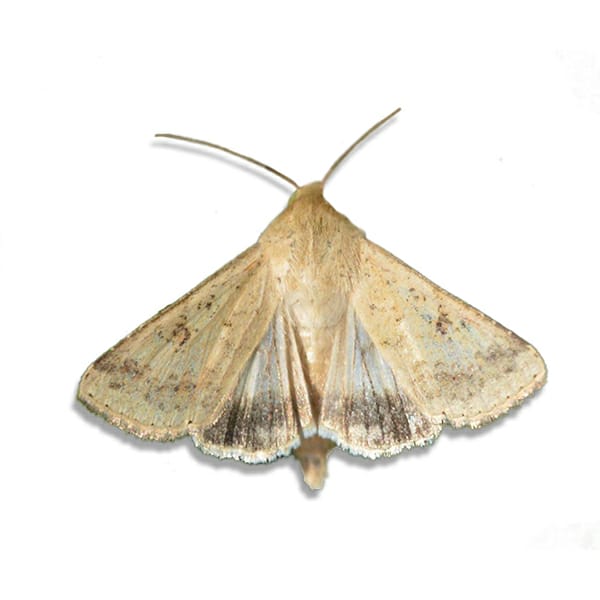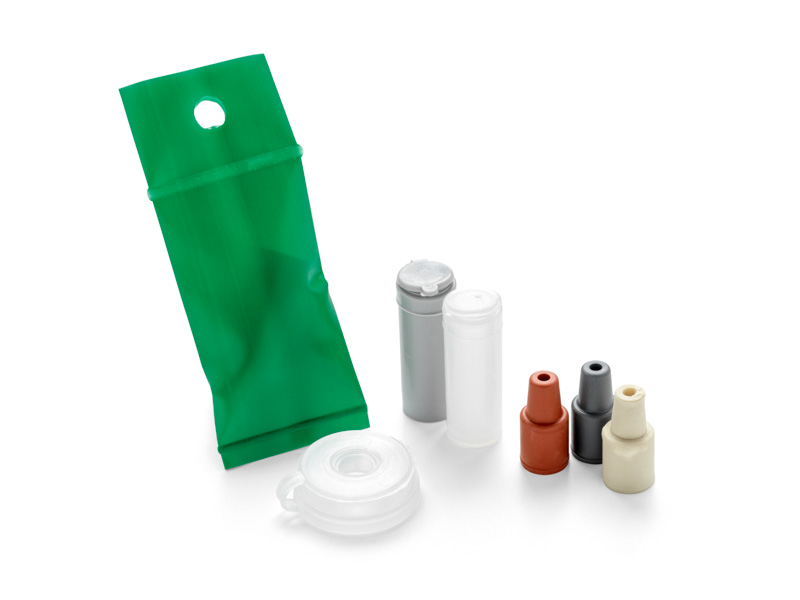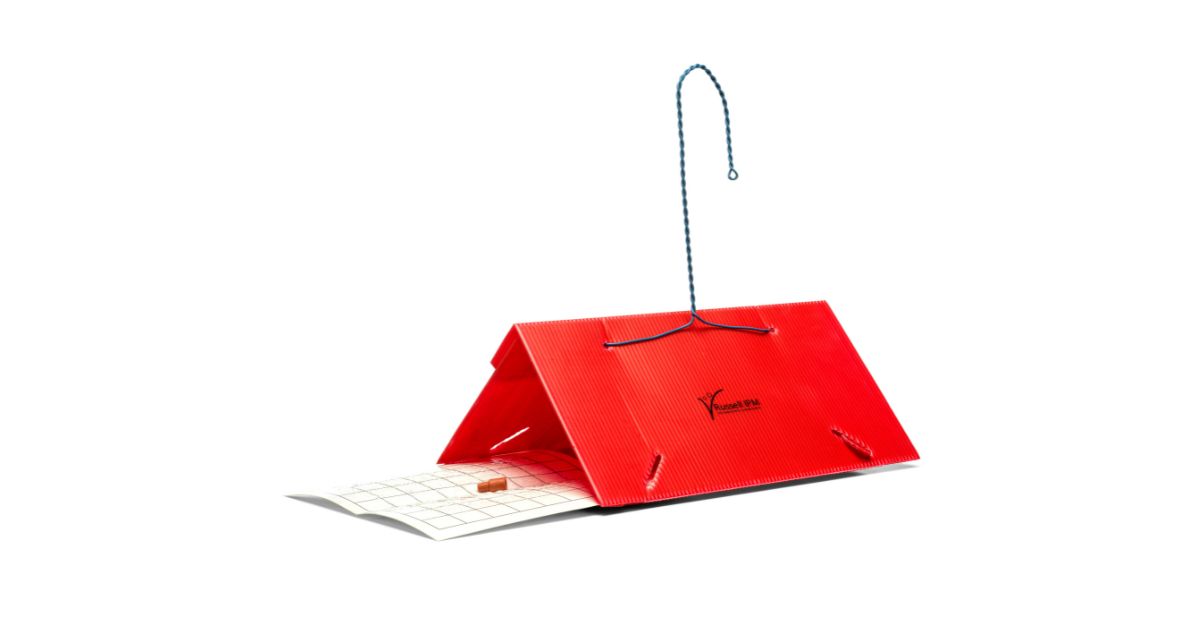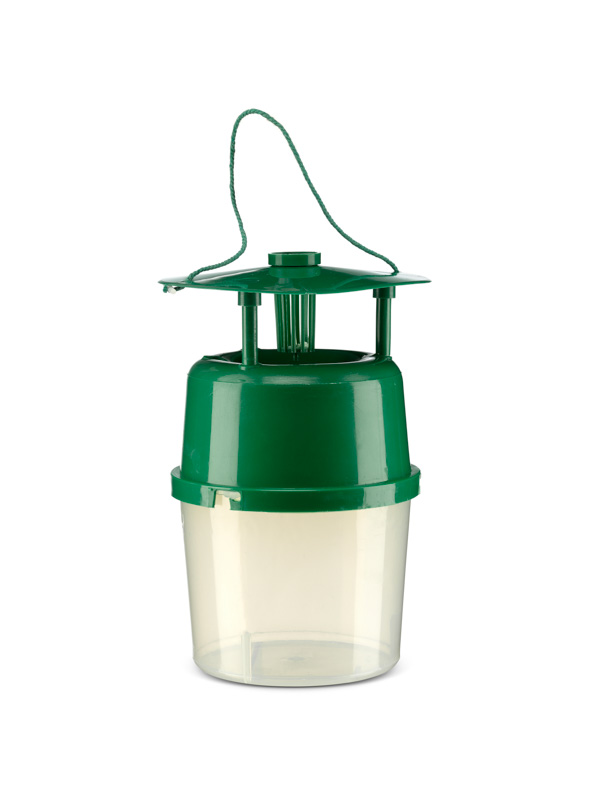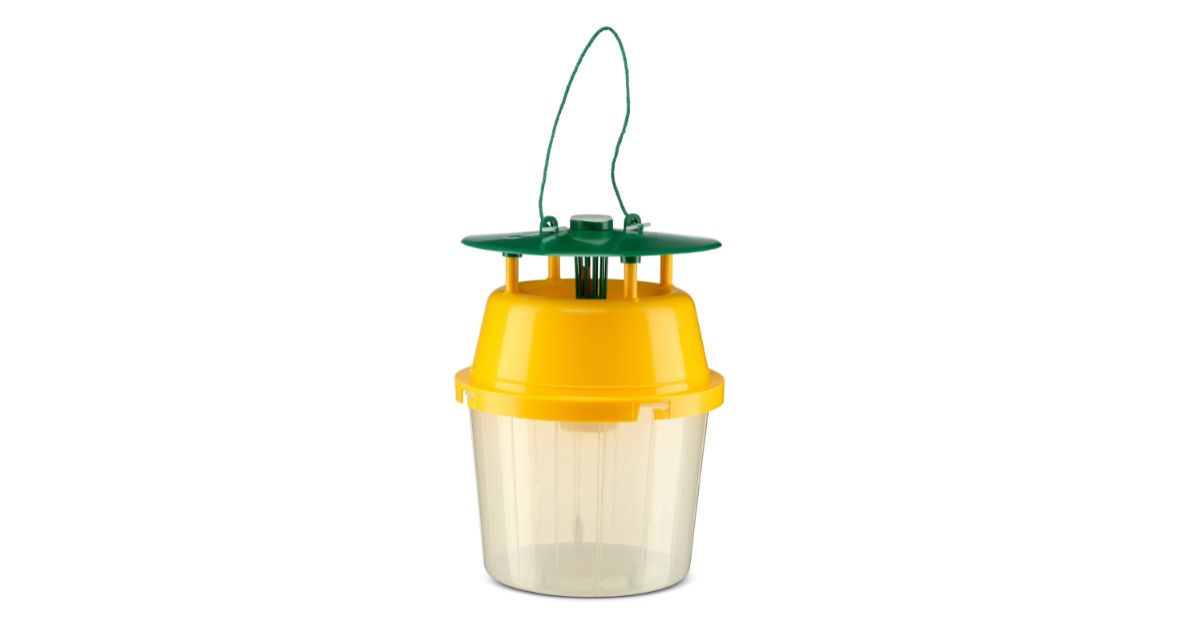Biology
Mature female can lay several thousand eggs .The eggs are approximately 0.5 mm in diameter and are white to brown in colour. Caterpillars pass through four developmental stages (instars) and ultimately reach 35 to 40 mm in length. Wavy broken lines run along the body of the cater pillar. Minute hair like spines covers the body. These are characteristic of these caterpillars. The caterpillars pupate in the soil. Pupae are usually 10-20 mm long. Adult moths have a wing-span of 30 to 40 mm, and range in colour from grey to orange-brown. The forewings have a network of dark lines and a broad brown band. The hind wings are paler, with a broad, dark brown border.
Nature of Damage
Numbers can build up rapidly, often resulting in severe crop damage caused by the feeding caterpillars. The larvae cause severe damage to reproductive and vegetative tissues of agricultural and horticultural crops. Helicoverpa armigera is the most damaging insect on cotton and legumes in Indian subcontinent. Caterpillars could may bore into flower buds, fruits, bolls or inflorescence. This habit of boring caused rotting of the fruit and leading to fruit drop. Annual losses caused by Helicoverpa armigera alone are estimated at approximately US$5 billion on different crops worldwide (Gowda, 2005; Sharma, 2001).
Monitoring
Russell IPM manufactures and supplies pheromone lure – the Qlure, traps and complete monitoring systems for Helicoverpa armigera, African Bollworm.
Pheromone trap data gives early warning of the infestation and will also alert the user to a low level of population before it becomes serious.
The lure can be best applied with the Mothcatcher trap or Delta trap.


